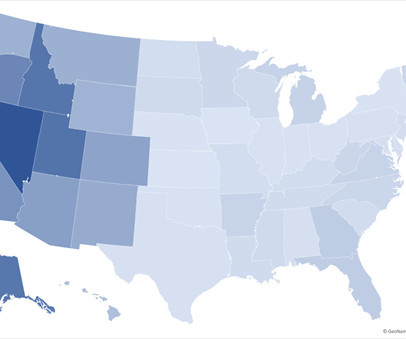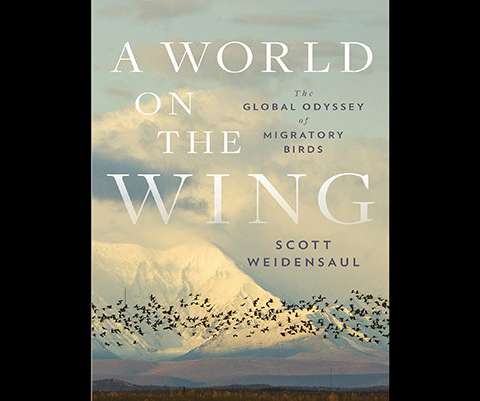A Birder’s Guide to U.S. Federal Public Lands
10,000 Birds
MARCH 5, 2024
These lands support countless birds, either year-round, as migratory stopovers, or as breeding grounds. The federal government owns about 46% of the land in these states but only about 4% of the other states (excluding Alaska). There is one gigantic outlier: Alaska. In terms of federal land, Alaska truly stands apart.
















Let's personalize your content